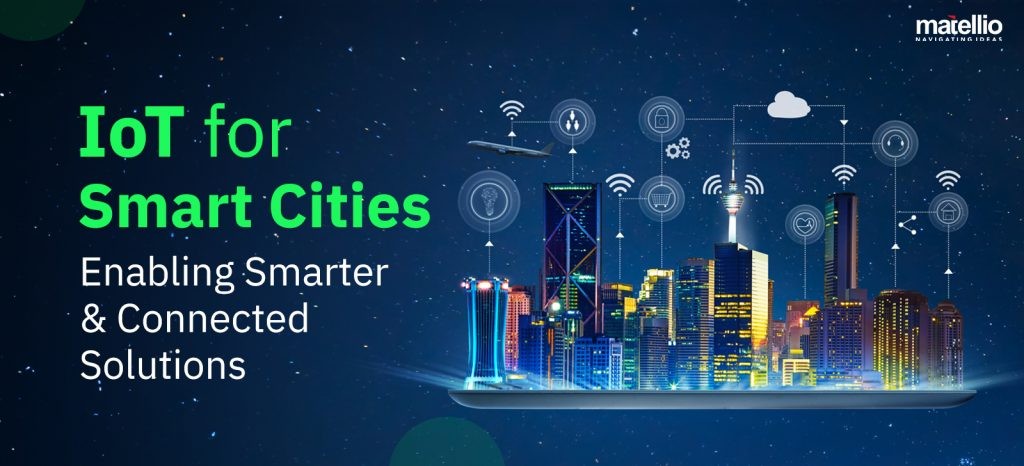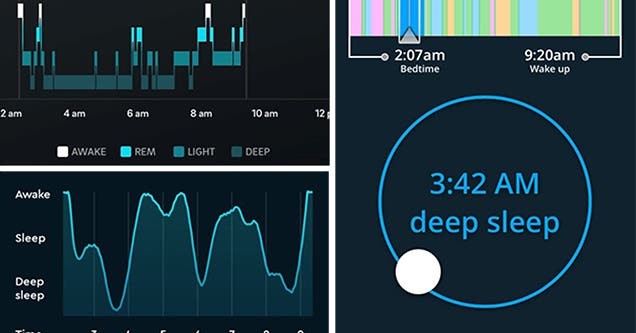The idea of a “smart city” once sounded like a futuristic dream, but today, it’s quickly becoming a practical reality thanks to the transformative power of the Internet of Things, or IoT. Cities around the world are embedding intelligence into infrastructure, transportation, public services, and even waste management—all through a web of interconnected devices that collect, analyze, and exchange data in real-time. IoT is not just a tech trend; it’s becoming the nervous system of modern urban life, quietly reshaping how cities function and how people experience them.
At its core, IoT refers to a network of physical devices—from traffic lights and water meters to air quality sensors and public kiosks—that are equipped with sensors, software, and connectivity tools that enable them to gather and share data. This stream of information is then processed and used to improve urban operations, reduce waste, increase efficiency, and enhance the overall quality of life for residents. What makes IoT especially compelling for city planners and administrators is its capacity to turn once-static assets into dynamic resources that respond to real-time conditions.
One area where IoT is making a noticeable impact is traffic and transportation. Consider how congested many urban roads have become, particularly during peak hours. Traditionally, traffic flow was managed using preset light cycles and manual observation. Today, with the integration of IoT sensors and AI-driven analytics, traffic signals can adjust in real time based on actual congestion levels. Smart traffic systems monitor vehicle patterns and can reroute traffic, open or close lanes, and provide timely updates to drivers through connected signage or apps. In cities like Los Angeles and Singapore, these systems are already in place, significantly reducing travel time and lowering emissions.
Public transportation is another realm where IoT is driving change. Smart buses and trains are equipped with GPS and passenger-counting sensors that provide transit authorities with up-to-the-minute information. This data helps optimize routes, schedule maintenance before breakdowns occur, and ensure vehicles are running efficiently. Riders also benefit from knowing exactly when their next bus or train will arrive, making public transport a more reliable and attractive option. In a larger sense, IoT is encouraging a shift away from private car ownership and toward more sustainable urban mobility models.
Waste management might not sound glamorous, but it’s another field where IoT is quietly revolutionizing operations. Traditional garbage collection follows static schedules, often resulting in half-empty bins being serviced while overflowing ones are overlooked. Smart bins equipped with sensors can now alert sanitation departments when they are nearing capacity, allowing for more efficient collection routes and less fuel consumption. Not only does this improve cleanliness and efficiency, but it also reduces the carbon footprint associated with waste removal.
IoT is also transforming how cities manage their utilities. Smart grids and smart meters allow for better energy distribution and usage monitoring. Consumers can track their own usage in real time, which encourages more mindful consumption habits. On the supply side, utility companies can identify outages instantly and reroute power to minimize downtime. Water systems benefit similarly, with sensors detecting leaks or inefficiencies before they become costly or wasteful. In a world where resource conservation is increasingly important, the role of IoT in sustainable city infrastructure cannot be overstated.
Public safety and emergency response systems are likewise being elevated by IoT capabilities. Gunshot detection technology, connected surveillance systems, and sensor-equipped streetlights help law enforcement respond more swiftly and accurately to incidents. For example, if a loud sound is detected that matches the signature of a gunshot, the system can automatically alert nearby police units and trigger nearby cameras to record. Similarly, during natural disasters or other emergencies, connected systems can provide city officials with real-time data on flooding, fire outbreaks, or traffic bottlenecks, allowing for faster, more coordinated responses.
Environmental monitoring is another growing focus. IoT sensors can continuously measure air quality, noise pollution, temperature, and even UV radiation levels. This information is often made available to the public, empowering individuals to make informed decisions about their activities and health. For city planners, this data is invaluable in shaping policies and urban designs that prioritize public well-being. Smart parks, for instance, can adjust irrigation based on weather forecasts and soil moisture, conserving water while maintaining green spaces.
Despite all these benefits, the integration of IoT into urban environments is not without challenges. Security and privacy concerns loom large, particularly as more devices collect and transmit data. Cities must invest not just in infrastructure but also in robust cybersecurity frameworks to protect sensitive information and prevent potential breaches. There is also the question of equity. While some cities can afford to roll out cutting-edge technologies, others may lag behind, exacerbating digital divides both within and between urban areas.
Nevertheless, the momentum is undeniable. As technology costs decrease and connectivity improves, the adoption of IoT in cities is likely to accelerate. The future city won’t just be a place where things happen—it will be a place where things respond. Roads that think, buses that communicate, buildings that adapt, and systems that learn from every transaction are no longer elements of science fiction but features of emerging urban landscapes.
Ultimately, IoT is not about gadgets for the sake of convenience. It’s about reimagining how cities can work better for the people who live in them. When deployed thoughtfully, IoT has the potential to make urban life more efficient, equitable, and sustainable—transforming the city from a static backdrop into a responsive ecosystem that grows smarter with every connection.




